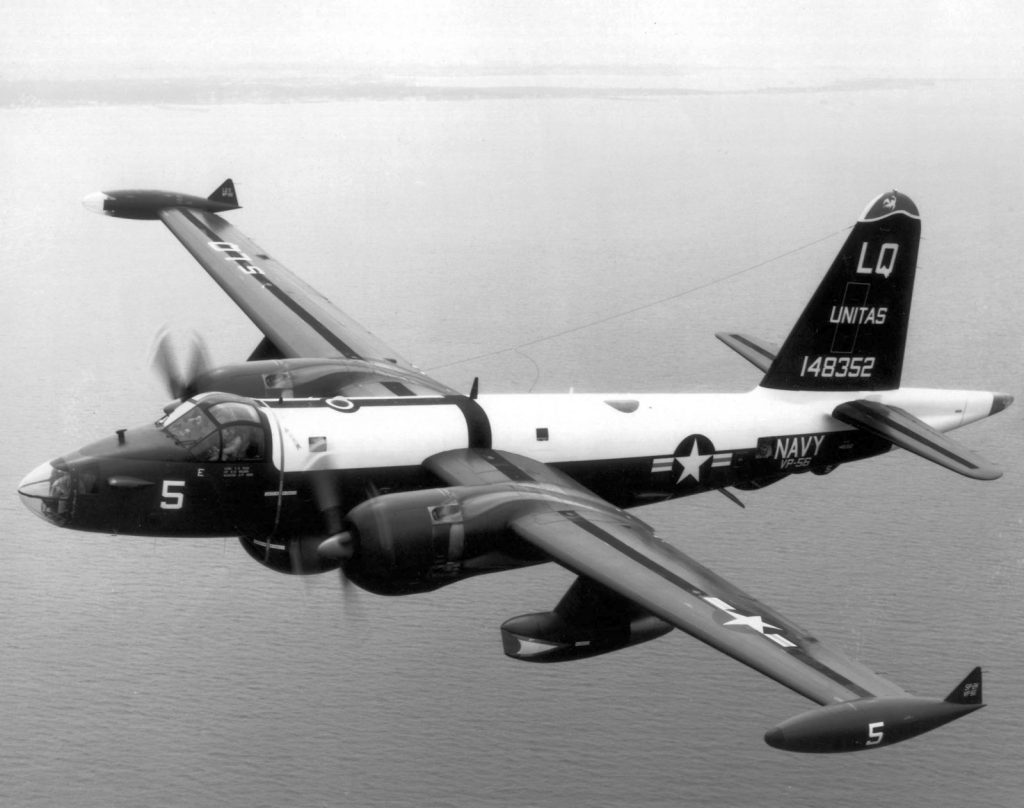Today we present the aircraft known by the name Lockheed P2V Neptune which was designated P2V by the US Navy back in September of 1962. The Lockheed P2V Neptune served the roles of the maritime patrol and the ASW (Anti Submarine Warfare) aircraft. The aircraft was designed and developed by the famed aircraft manufacturing company in the US named Lockheed. The Lockheed P2V Neptune came into being in the Requirement of the US navy to replace their aging fleet of Lockheed P-3 Orion.
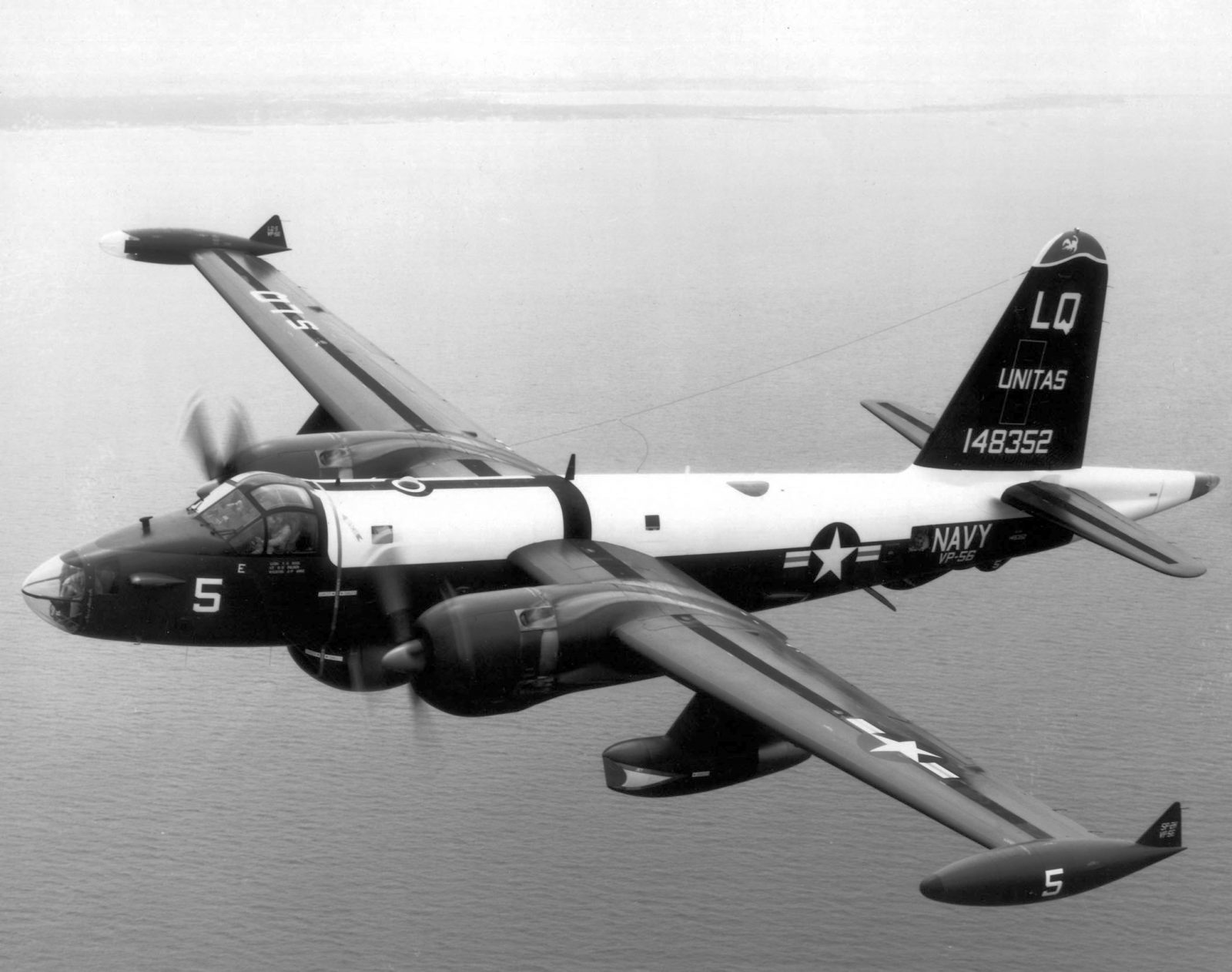
The Lockheed P2V Neptune was designed to be a land-based aircraft and over the course of its service with US navy, it never saw carrier landings. Still, a few of these Lockheed P2V Neptunes were transformed to be deployed for carrier launches as the nuclear bombers that would then make their landings on a ditch or ashore. This type of Lockheed P2V Neptune variant was a successful product in export to other world militaries and went on to serve the armed forces of those militaries.
Origin & First Flight:-

During the early days of World War II, the US Navy had already laid a requirement for a new land-based patrol bomber aircraft. The early designing work was started at Lockheed’s subsidiary company named Vega as their private venture back in December of 1941.
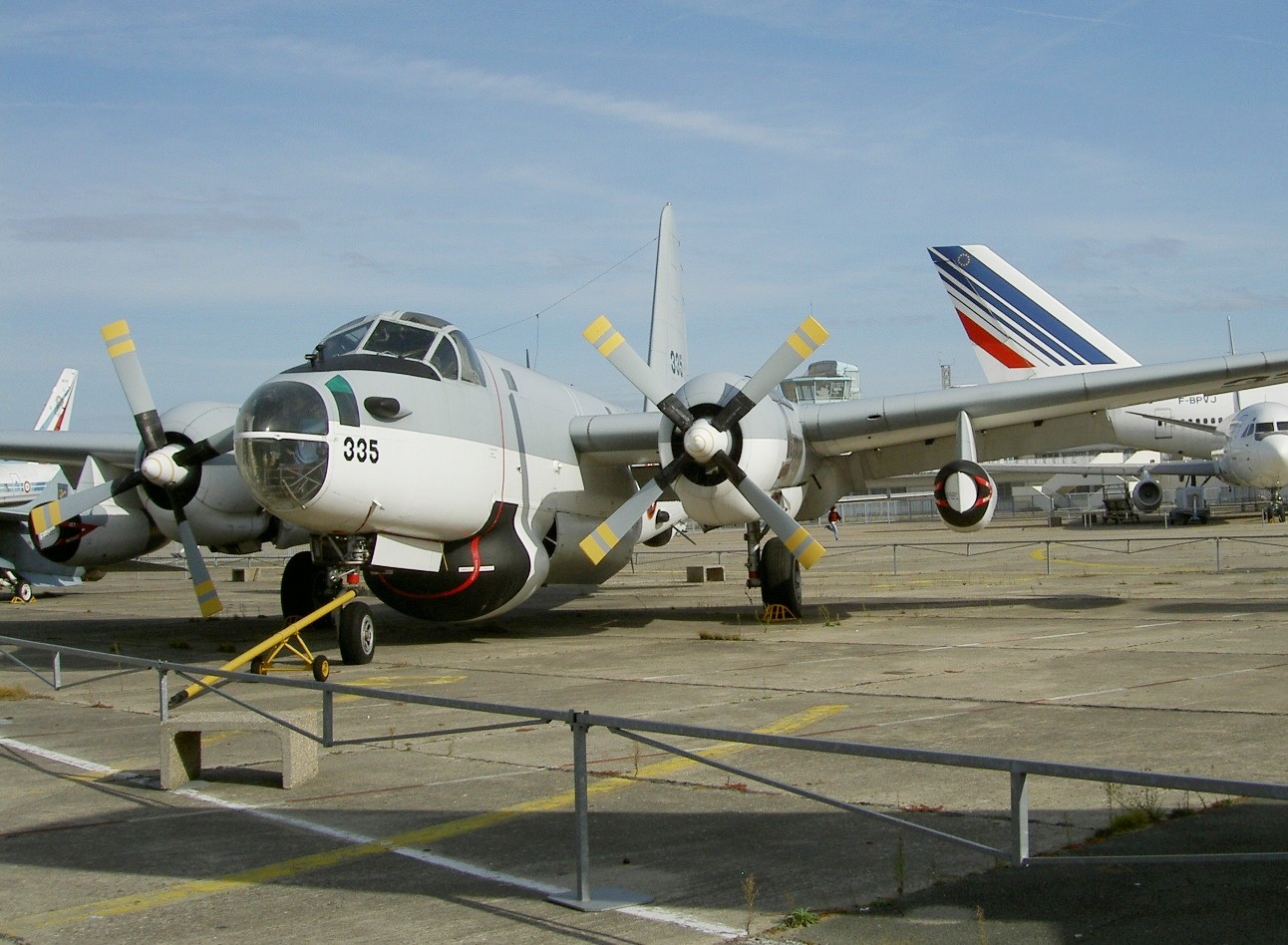
In the early period of the designing phases, the design of the Lockheed P2V Neptune was considered to be of low priority as Vega was also working on the PV-2 harpoon; a patrol bomber aircraft. However back in February 1943, the US Navy signed a letter for the development of the two moles of the XP2V and in April of 1944, nearly 12 of these aircraft were produced. The first successful flight occurred back in May of 1945 and the series production was initiated back in 1946 with service starting in 1947.
The Lockheed P2V Neptune became the very first aircraft of the US Navy that was fitted with both the jet and piston engines.
Powerplant & Performance:-

A single one of the Lockheed P2V Neptune was powered by twin Wright R-3350-30W supercharged piston engines. Each of these engines generated power of almost 3250 lbs each. Relying on this horsepower, the Lockheed P2V Neptune could achieve a top speed of almost 314 mph while its ferry range was 2807 miles. S for the service ceiling of the Lockheed P2V Neptune, it was about 25000 feet with the climbing rate being 1100 ft/min.
Armaments:-
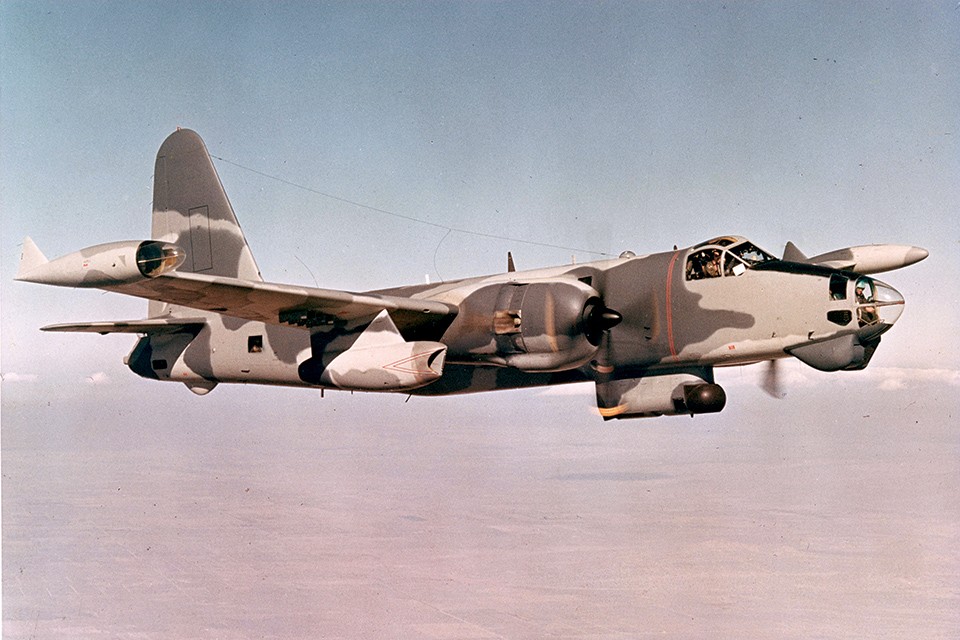
The 2 prototypes of the Lockheed P2V Neptune designated as XP2V-1 were ready by 1944 and these initial models featured the impressive standard armament configuration including machine guns of heavy caliber and cannons. The nose of the Lockheed P2V Neptune was equipped with 6 of the 20 mm cannons while 2 of the 20mm cannons were fitted in the tail turret. The aircraft also had 2 12.7mm machine guns. However, many of these weapons were replaced as per the changes needed in the platform’s design.
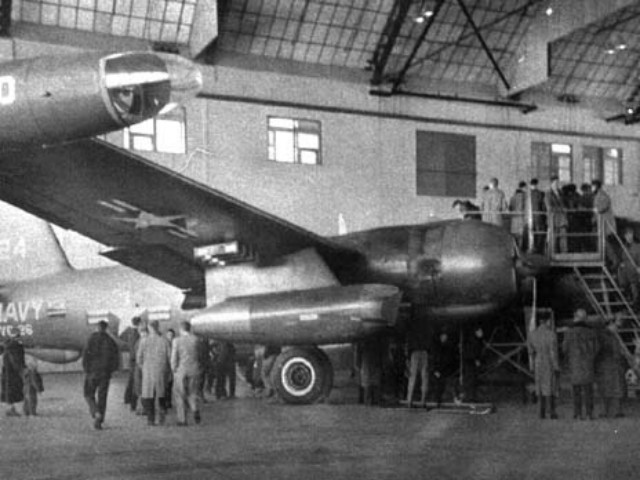
The Lockheed P2V Neptune could be equipped with different kinds of munitions load externally as per the needs of the specific missions. The maximum load carrying capacity of the Lockheed P2V Neptune was about 4800 lbs externally. This ordnance carrying capacity was utilized for the sake of carrying the following armaments.
- 6 of the 100lbs bombs
- 6 of the 500lbs bombs
- 4 of the 1000lbs bombs
- 2 of the Mk 24 mines
- 4 of the Mk34 mines
- 4 of the 1200lbs torpedoes
- 2 of the A.R missiles
- 16 of the HVAR rockets
Variants of Lockheed P2V Neptune:-
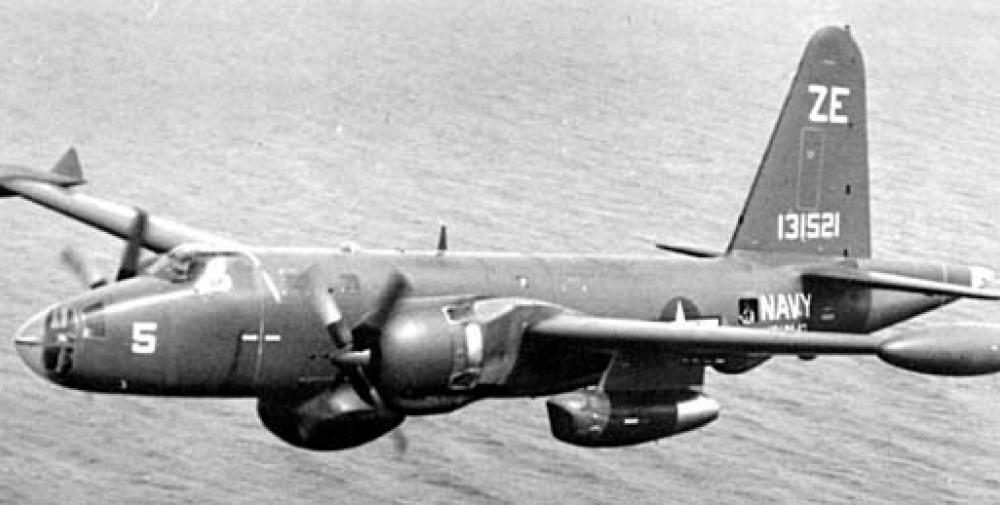
Nearly ten different variants of the Lockheed P2V Neptune emerged during the course of its military service. The primary one was the P2V-2 which had its nose turret removed for making the nose assembly extended. In more notable variants is the P2V-2S which was the ASW (Anti-Submarine Warfare) aircraft while the P2V-2-2N was the cold weather patrol bomber that had been fitted with skis instead of landing gears.
Coming next was the early warning aircraft designated as P2V-3 and the P2V-4 was the aircraft that featured the turbo compound engines along with fitting of the APS-20 radar and the tanks on its wingtips.
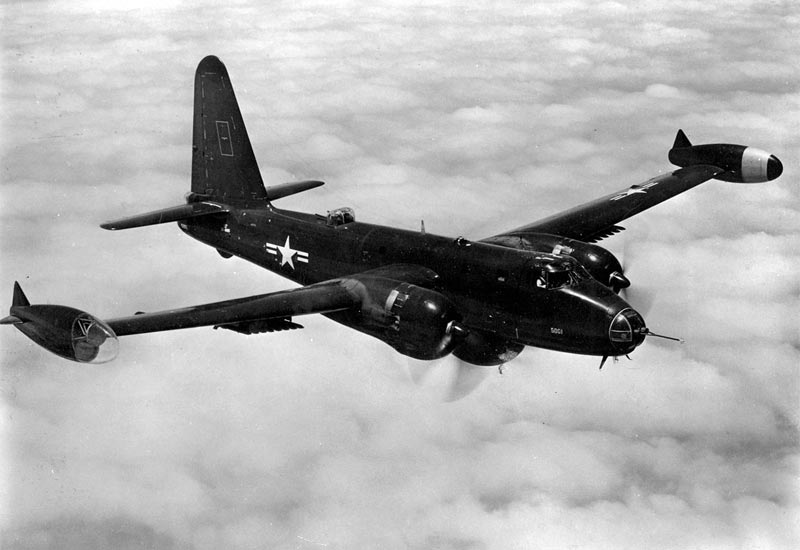
The first variant of the Lockheed P2V Neptune which was exported overseas was the P2V-5 while the P2V-6 model saw the revision in its defensive armaments. The last model in the P2V series was the P2V-7 which featured the installation of MAD booms in its rear turret. This model was so popular that even many of the P2V-5s and P2V-6s were converted into it.
Other operators:-
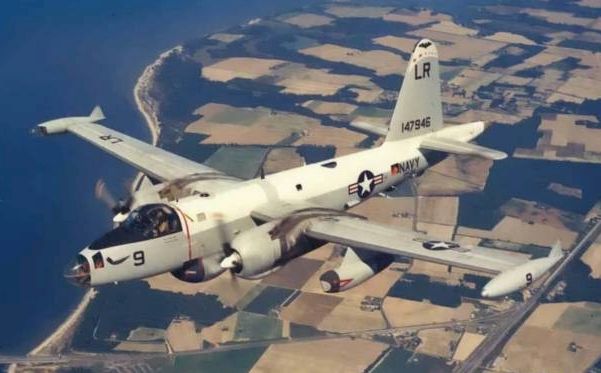
Nearly 75 percent of all the Lockheed P2V Neptune aircraft produced were maintained and operated by the US Navy with the ones in service of US Air Force were designated as RB-69A. The only other country that was allowed for license production was Japan. As for the countries that exported the Lockheed P2V Neptune includes the following.
- Australia
- Canada
- France
- Netherlands
- Portugal
- Japan
- UK
Lockheed P2V Neptune “The Truculent Turtle”:-
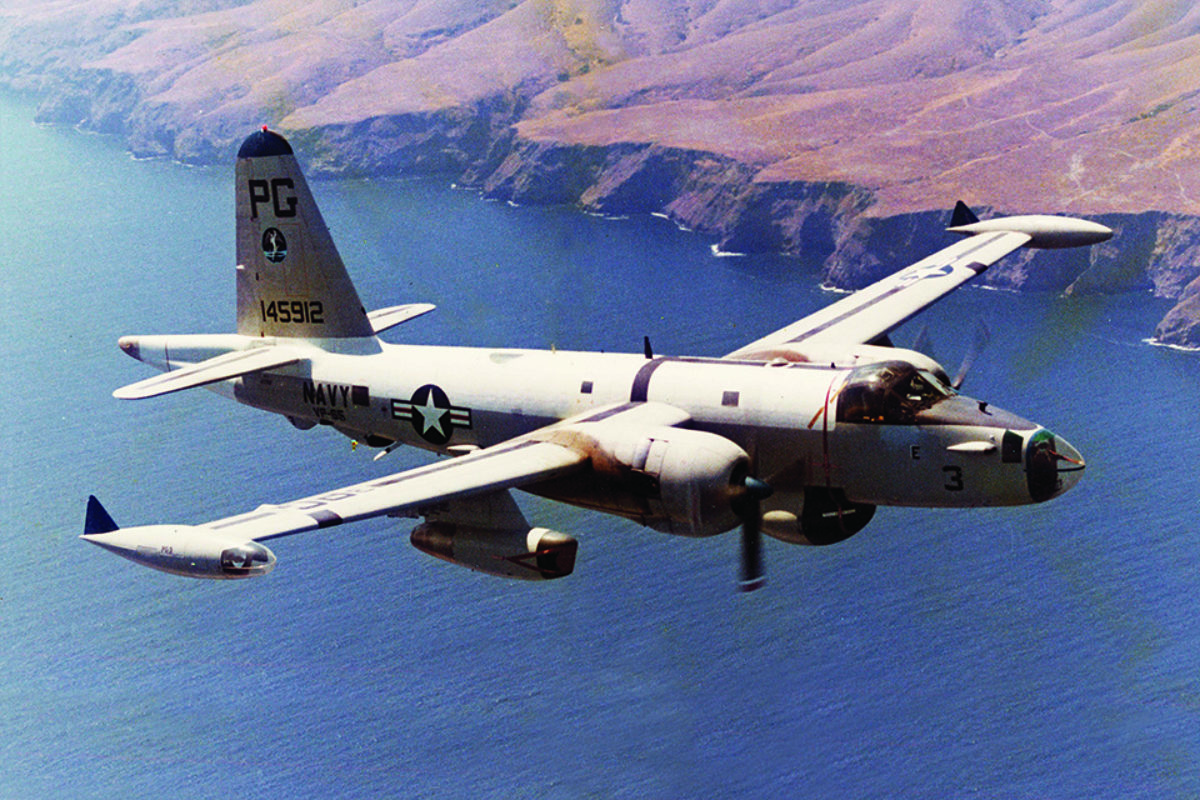
One of the early Lockheed P2V Neptune aircraft was chosen for distance record attempt back in the early days. For this, a Lockheed P2V Neptune was fitted with external fuel tanks that were placed in almost every spare place of the aircraft. This aircraft was nicknamed by the US Navy as The Turtle and its name painted over the nose but in the press release Navy called the aircraft as The Truculent Turtle”.
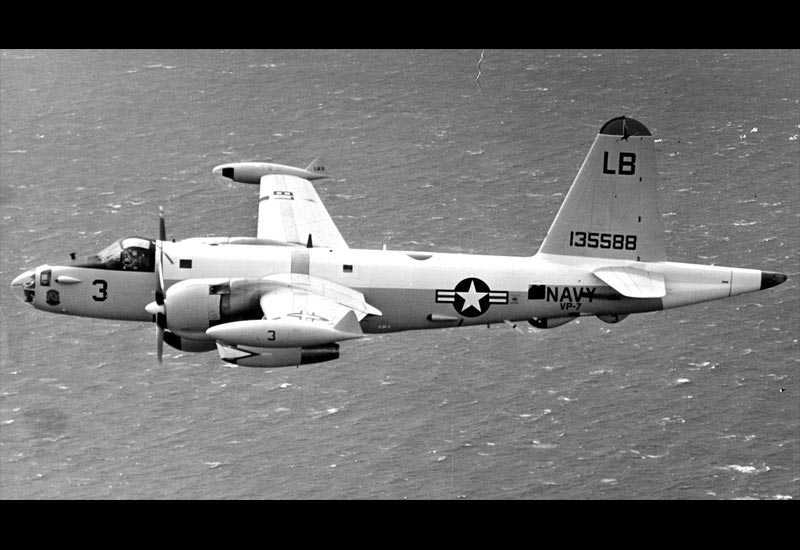
This aircraft started its launch with 4 crew members and a 9 months o0ld kangaroo that was a gift for Washington’s National Zoo. The launch took place with rocket assisted takeoff aka RATO. The aircraft started its flight from Perth Australia and arrived at Columbus, Ohio, USA nonstop. The aircraft covered the distance of about 11236.6 miles. This became the longest unrefueled flight record that stood well until 1962 when it was beaten by the USAF’s Boeing B-52 Stratofortress.
Retirement:-
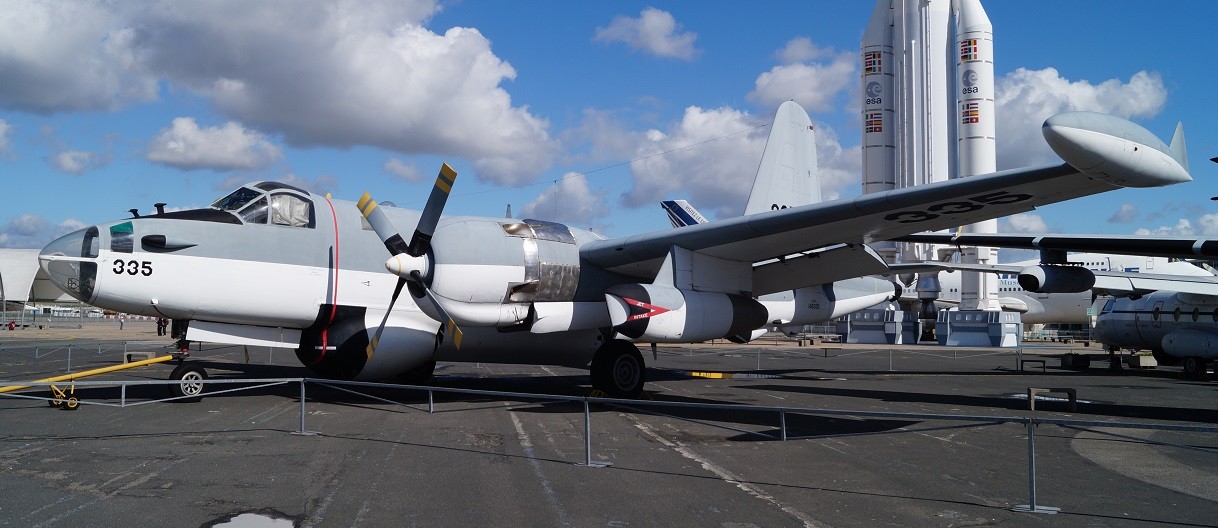
The retirement process for the Lockheed P2V Neptune started back in the late 1970s with early all of the variants retiring from the US Navy in 1978.
As for the other military operators, the last one of them retired their fleet of Lockheed P2V Neptune back in 1984.
Related Content
Northrop F-89 Scorpion: The First Jet-Powered Interceptor Of USAF
Vought F4U Corsair: The US Navy’s Equal of Japanese Mitsubishi A6M Zero


